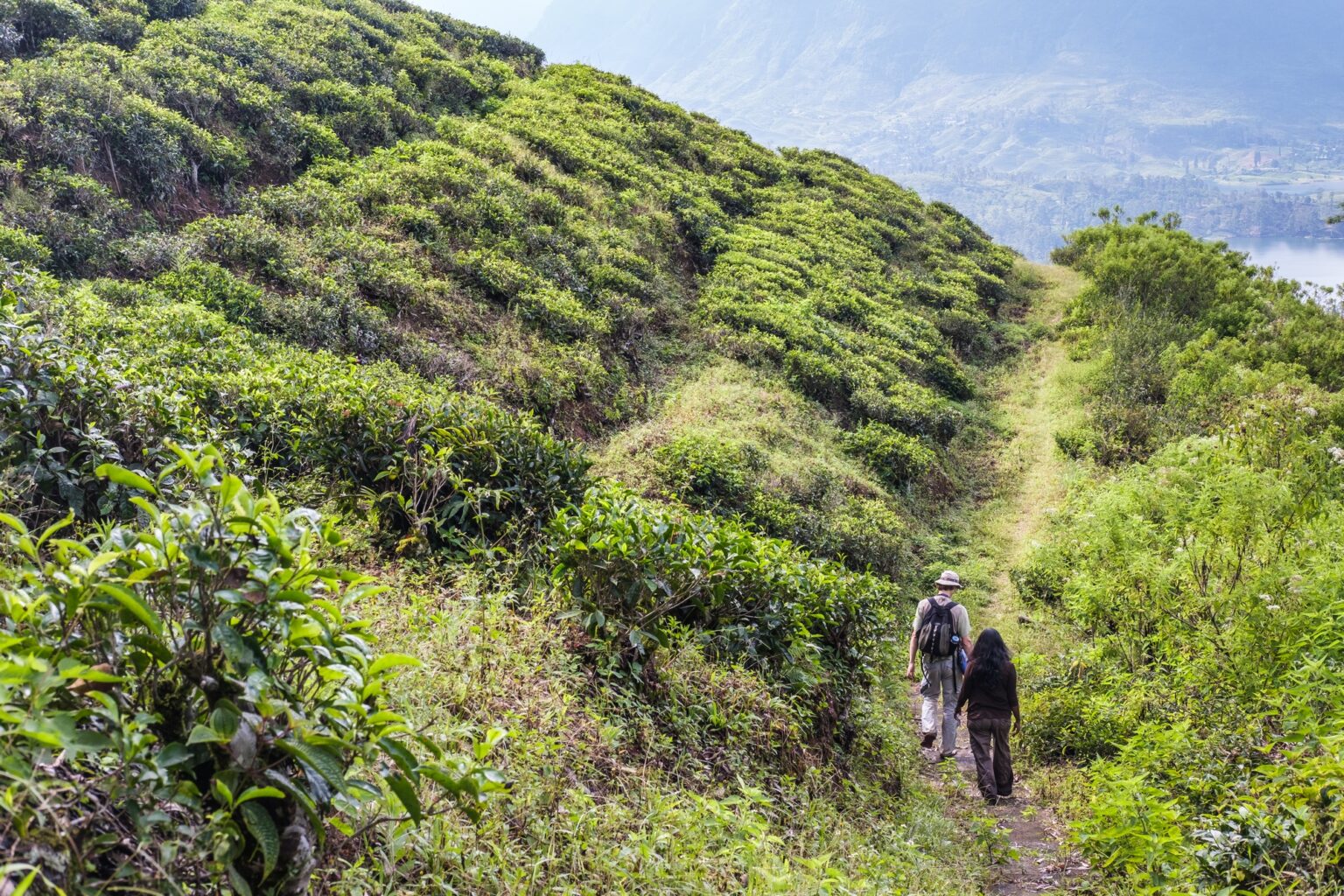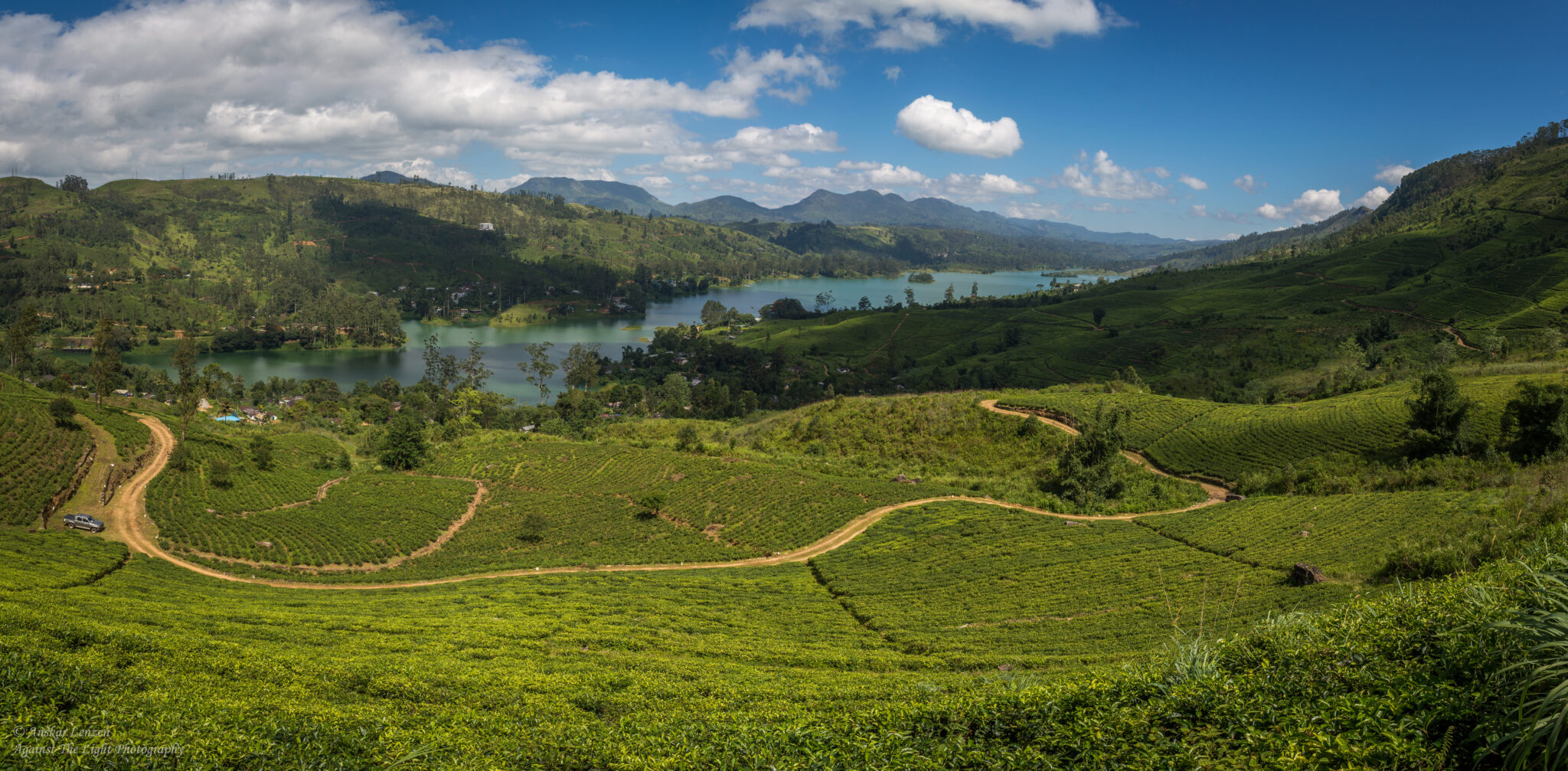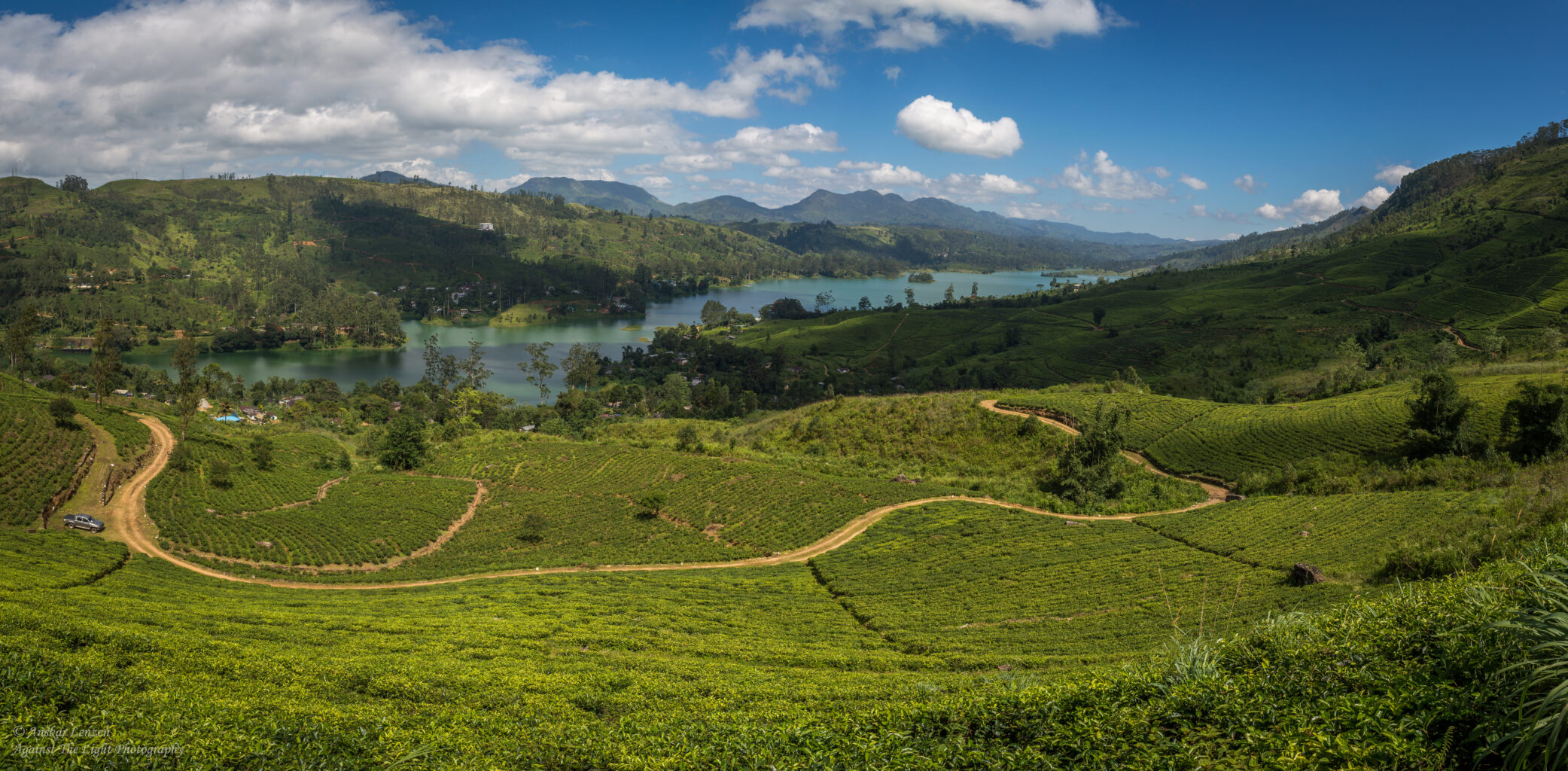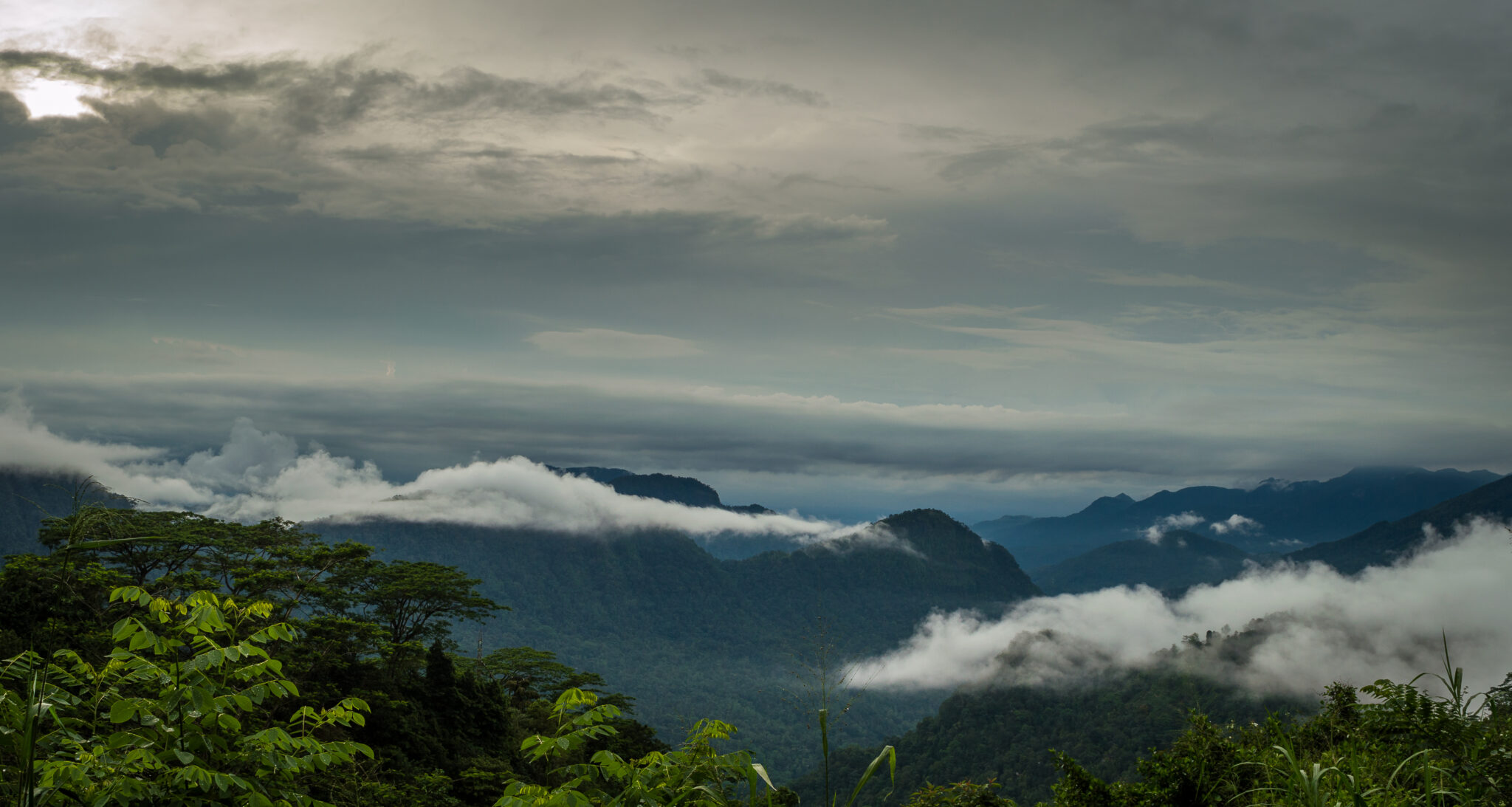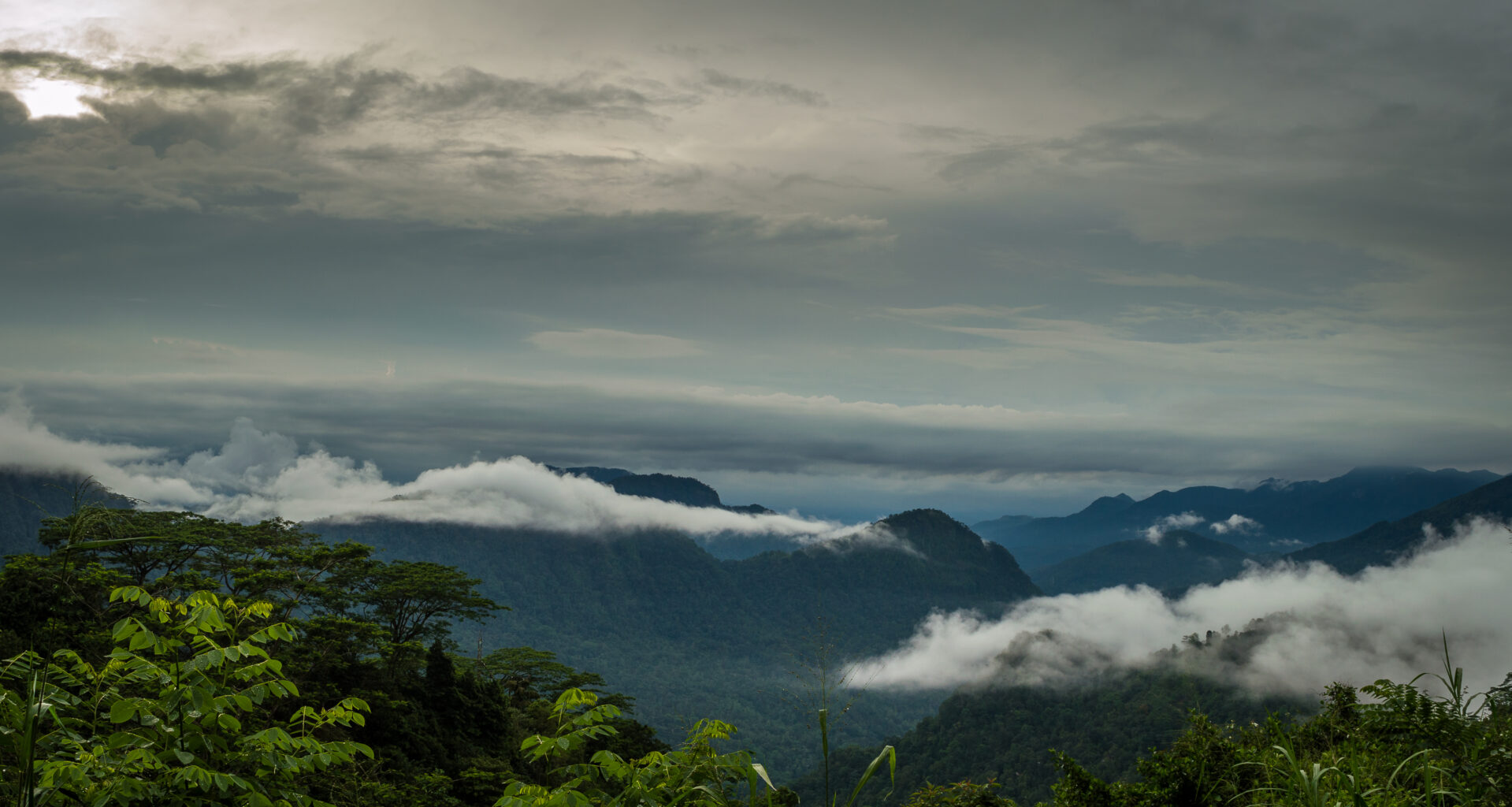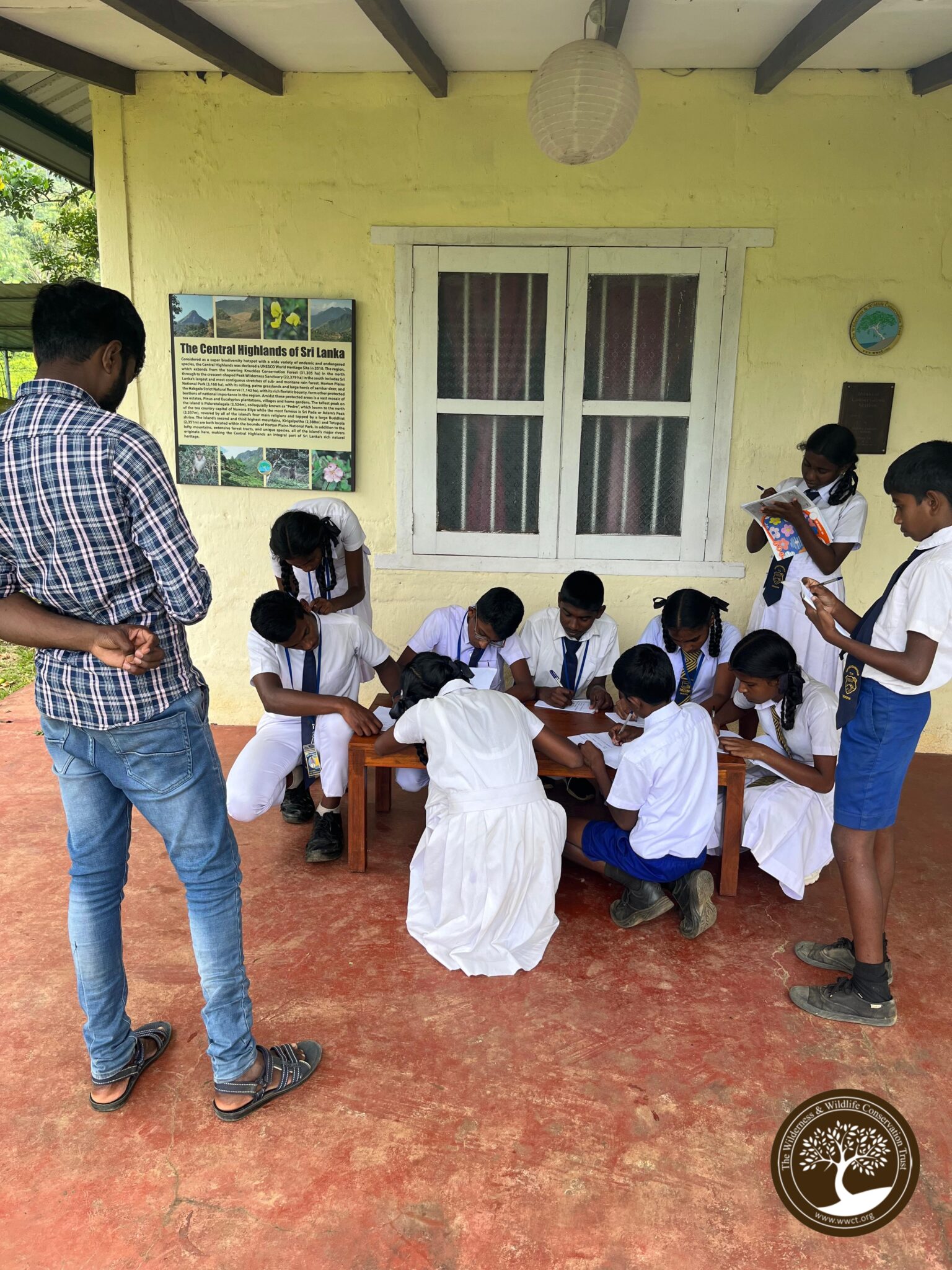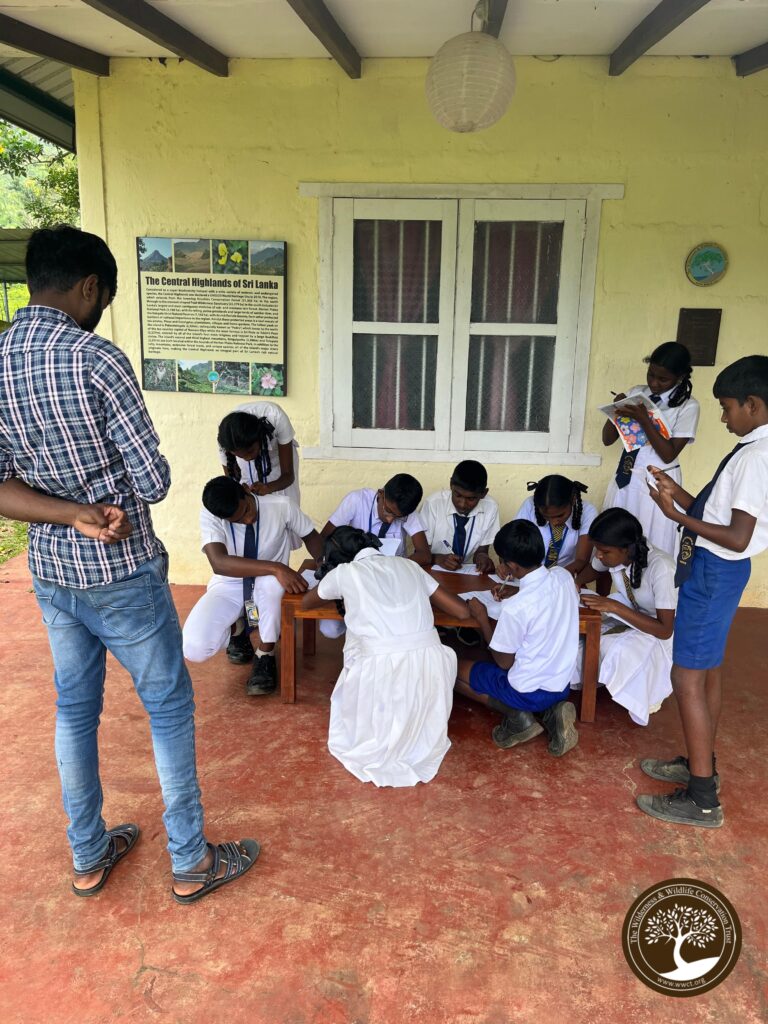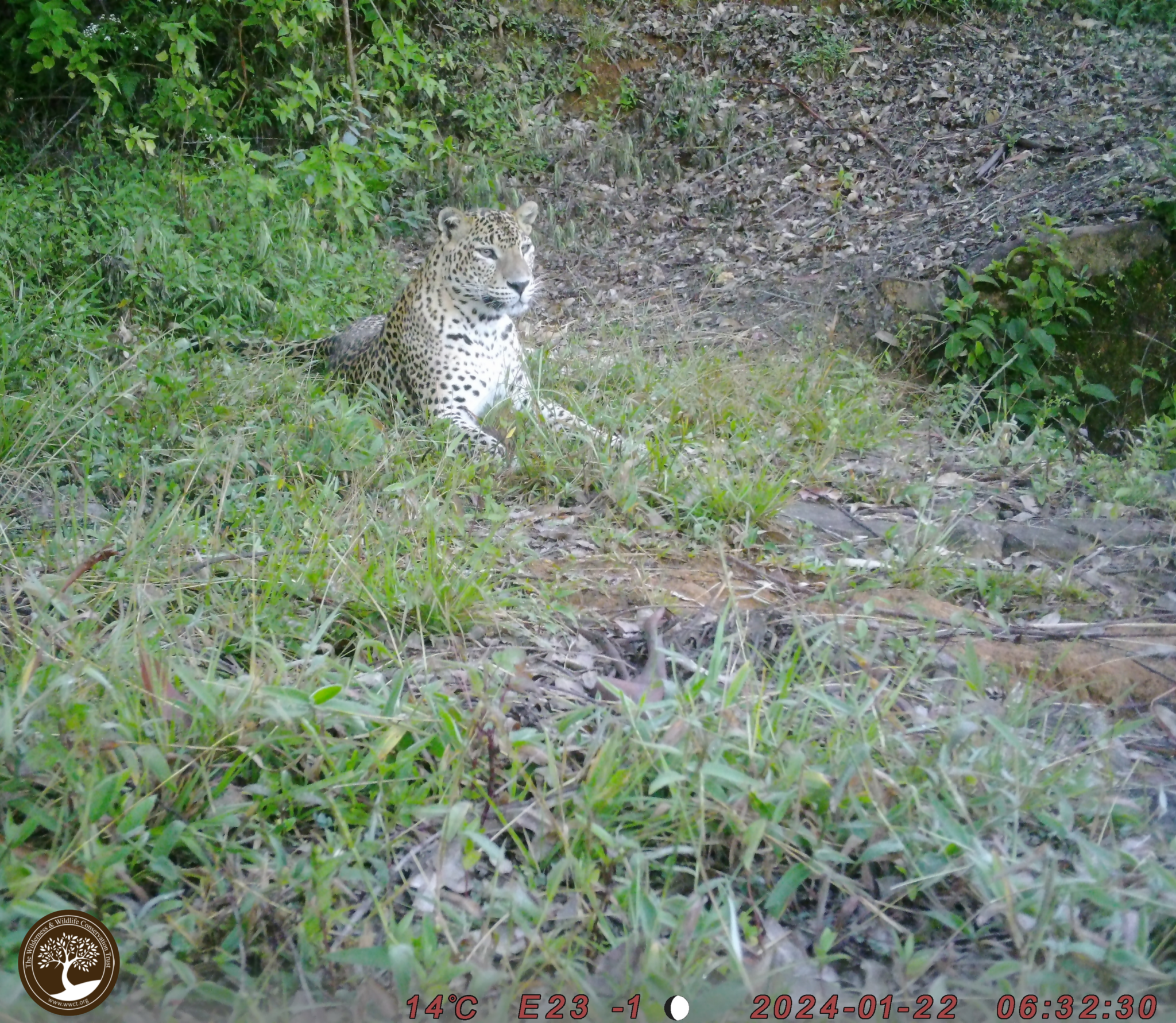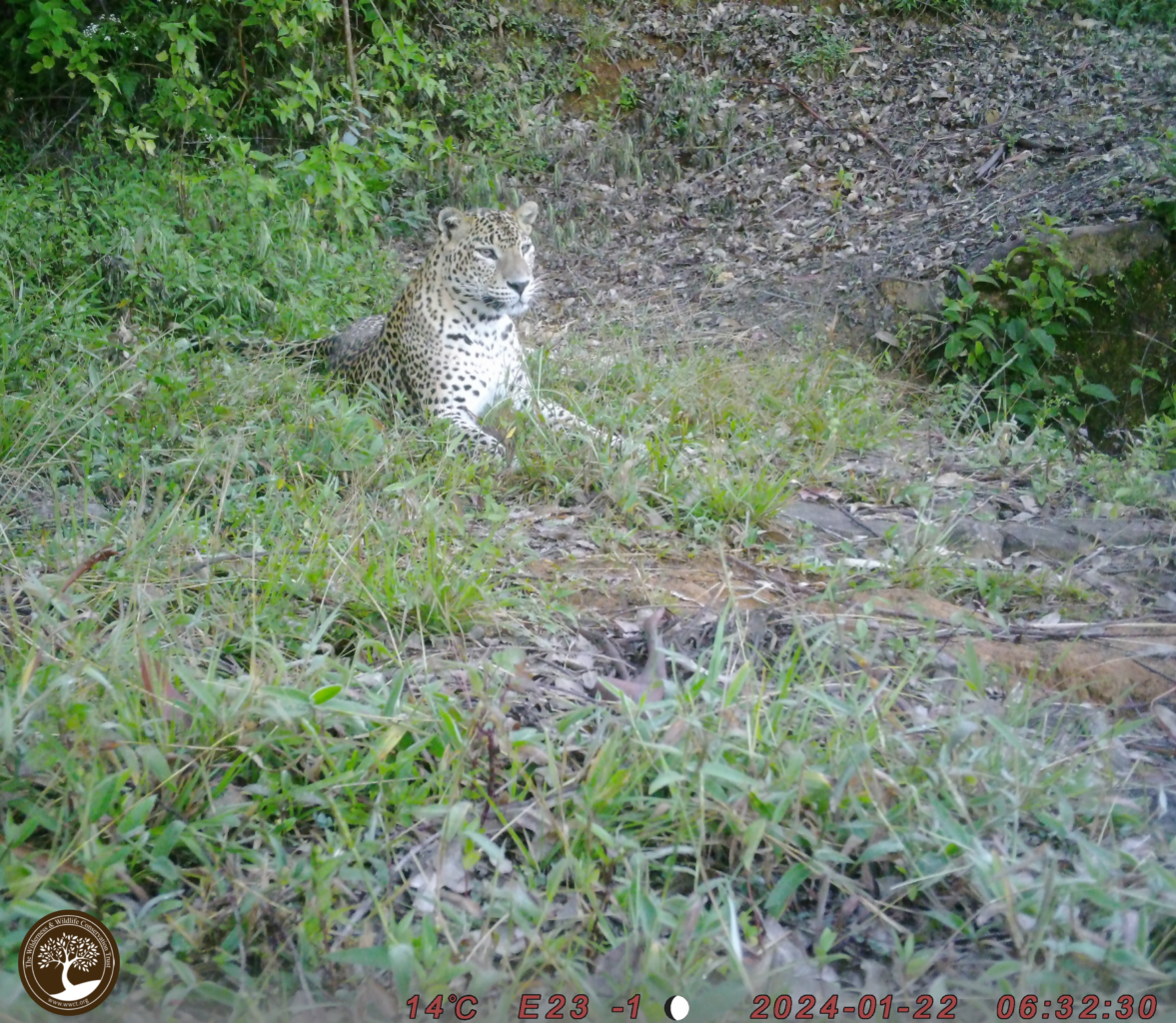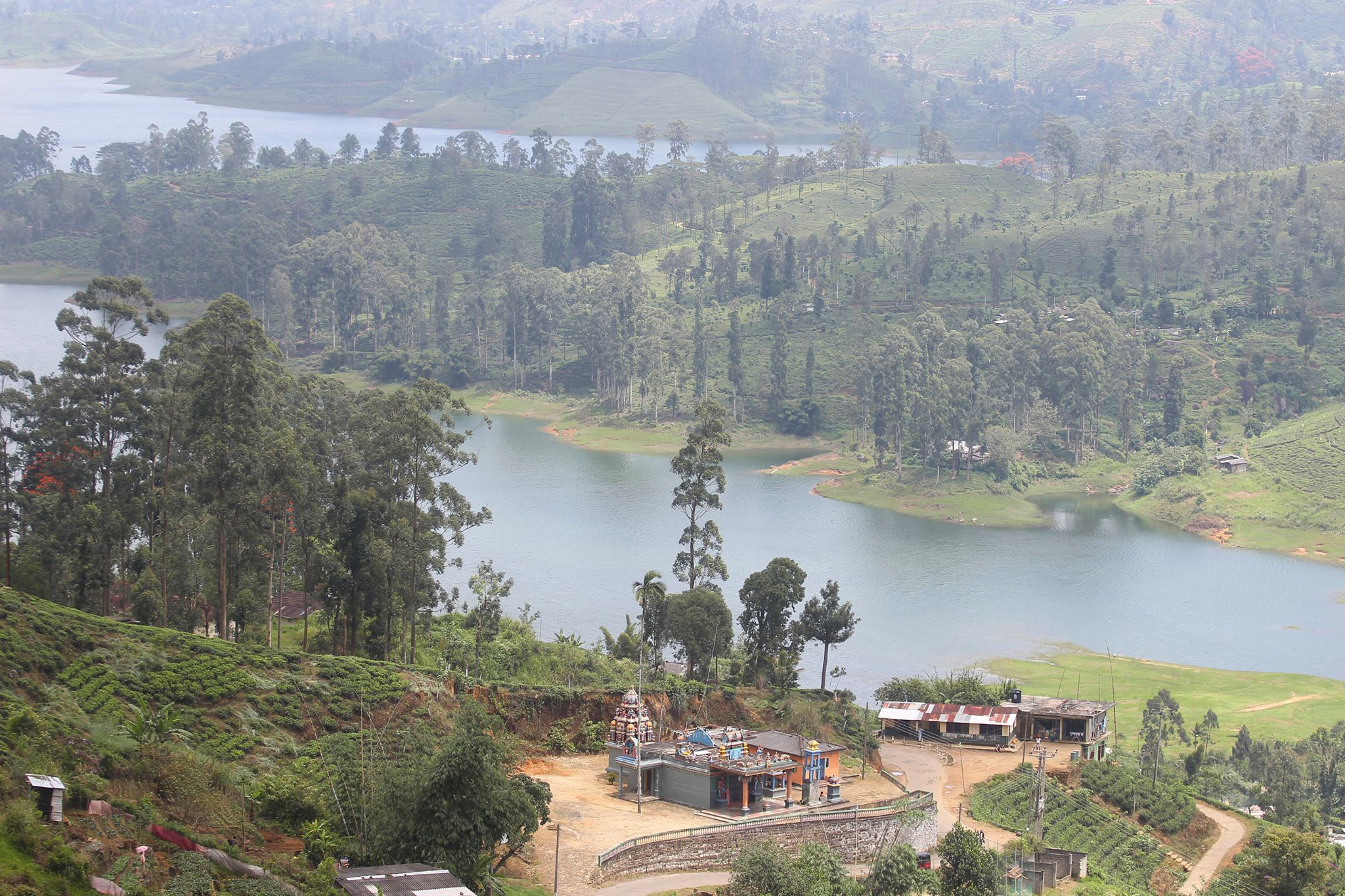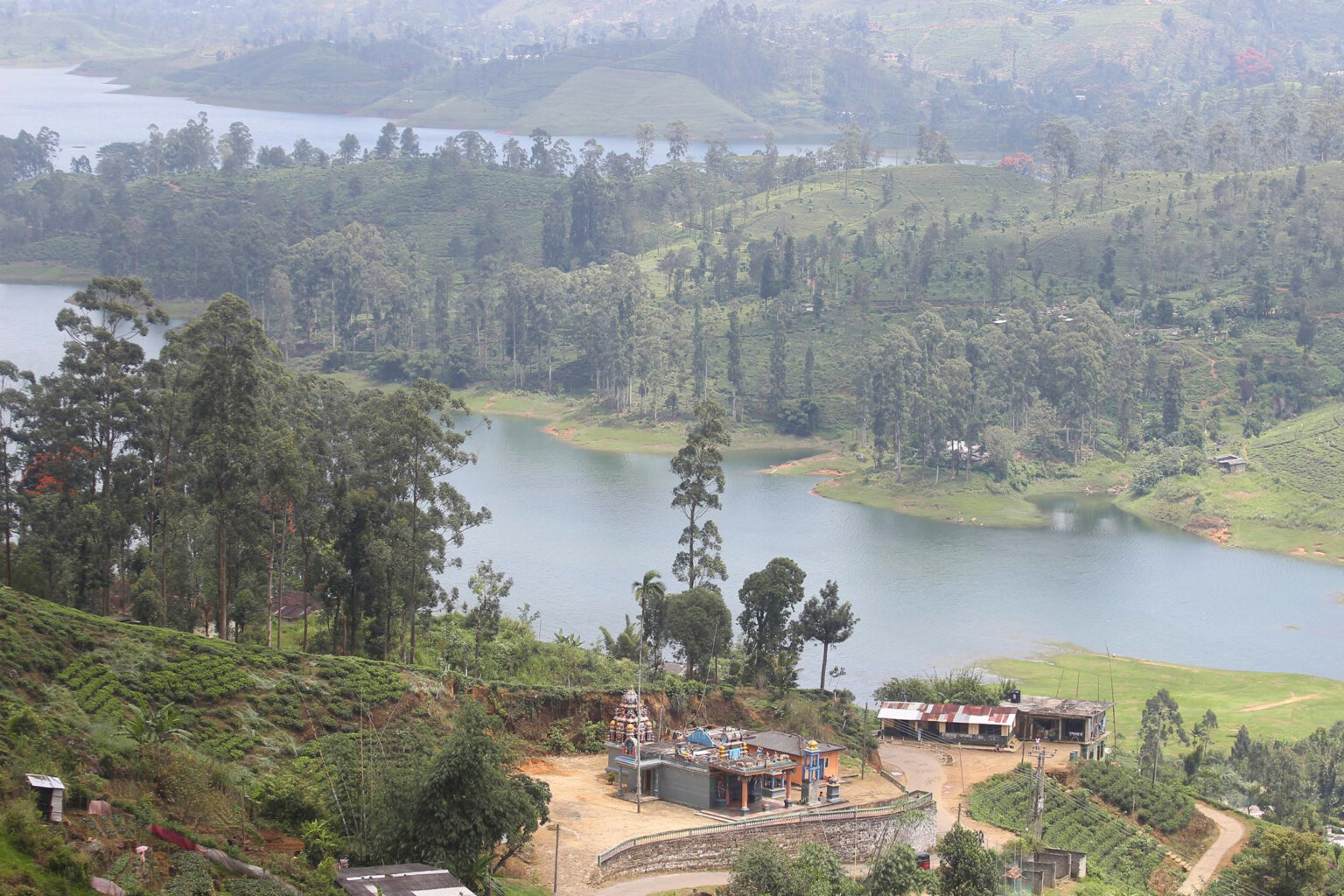Beginning on Earth Day, April 22, you can directly support this project through our annual crowdfunding campaign!
Sri Lanka’s Central Highlands is a UNESCO World Heritage Site and super biodiversity hotspot. Its montane forests, which rise to 8,000 feet above sea level, are home to endangered species such as the western purple-faced langur, Horton Plains slender loris, fishing cat, Indian pangolin, and iconic Sri Lankan leopard.
The region is also home to Sri Lanka’s famous and economically vital tea plantations. Workers there labor under difficult conditions for low wages, and Sri Lanka’s prolonged financial crisis has made their situation worse. Driven by poverty, some people destroy wildlife habitat by cutting trees and clearing land for farm plots. Some poach animals, typically with and illegal wire snares.
The snares commonly target wild boars or other animals that damage crops, but they kill other animals indiscriminately, including an average of eight leopards each year. In 2016, the Wilderness & Wildlife Conservation Trust (WWCT) began working to protect wildlife movement corridors on ridges above the tea estates. Using remote cameras, it has identified 57 individual leopards in the area.
WWCT also began to involve local people, many of whom did not know that poaching is illegal and that the number of Sri Lanka leopards, estimated at fewer than 1,000 in 2019, is decreasing. Local people now help WWCT with forest nursery upkeep and outplanting, and young people participate in a Forest Guardian program.
WWCT will create 15 new Forest Guardian programs, each with 10 to 20 teenagers. The youth will get classroom and field education and will lead awareness programs, help restore the forest, advocate for snare removal, and conduct anti-poaching initiatives. Fifteen school resource rooms will be outfitted as spaces for Forest Guardians to gather, share, and learn. WWCT will conduct another 40 outreach programs, engaging up to 20,000 schoolchildren in plantation communities.



